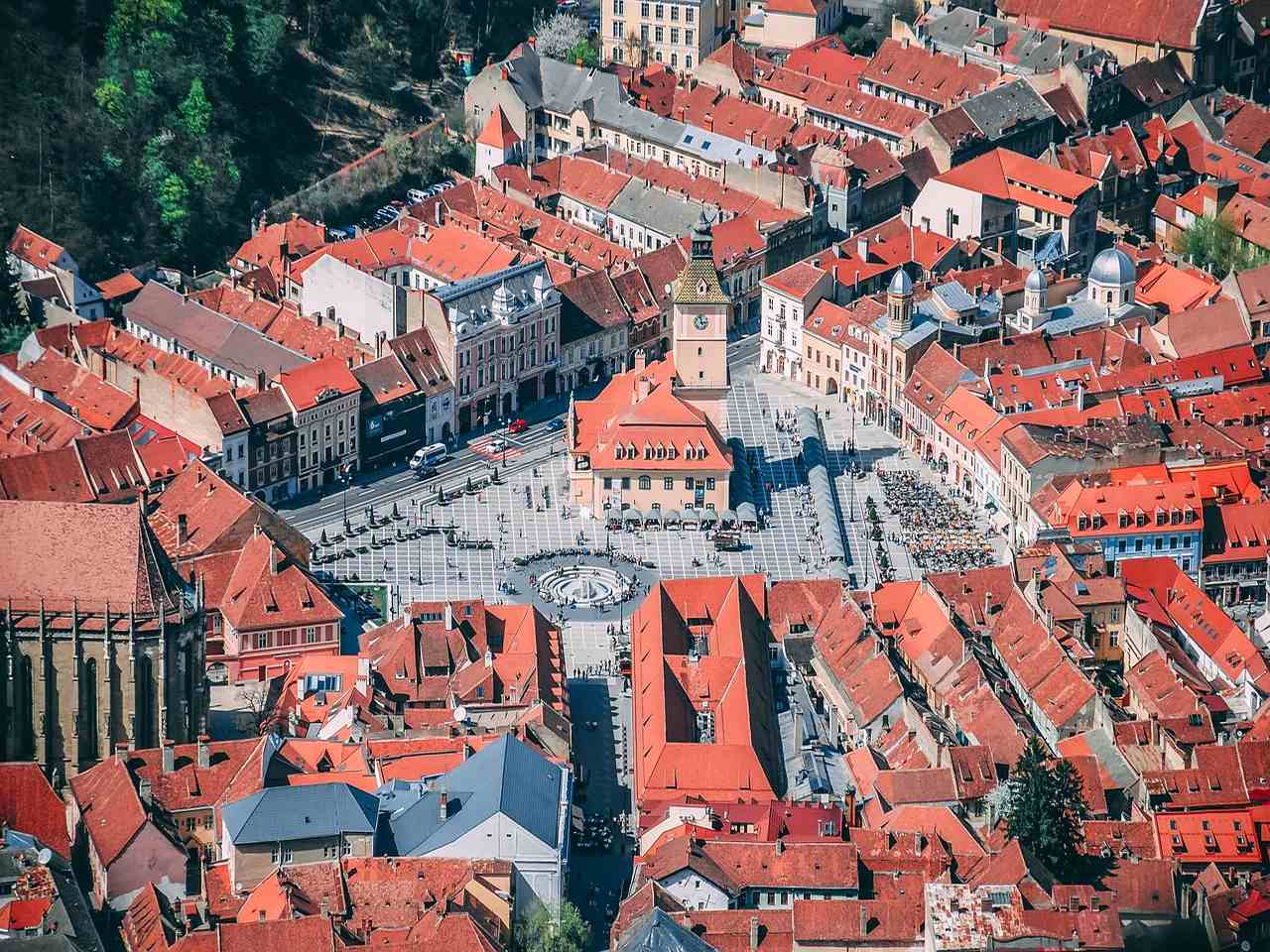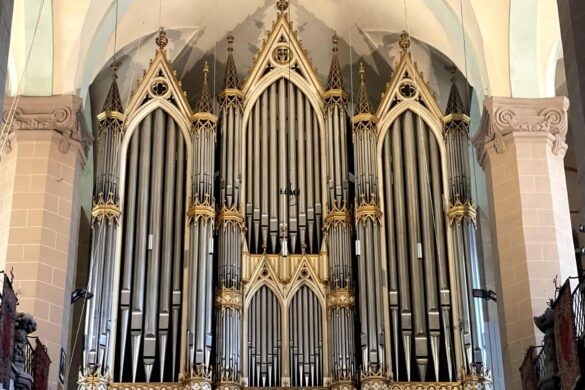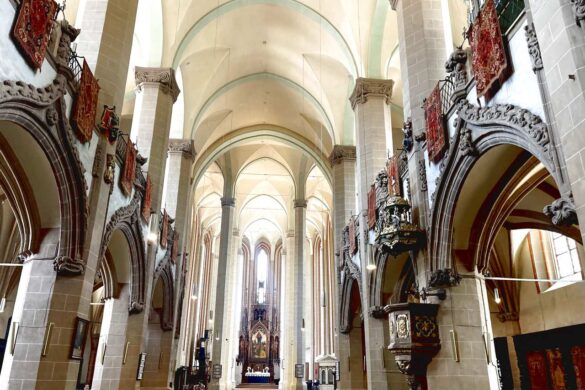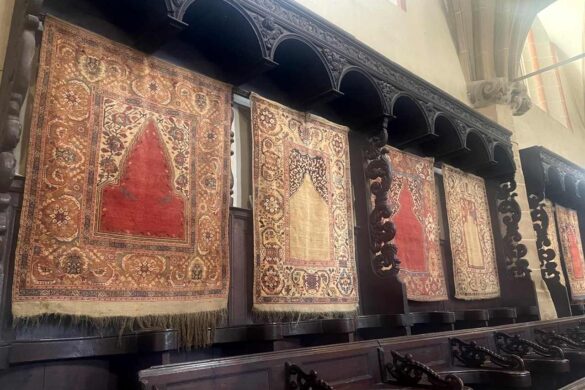“The birds are flying high and the clouds are stable. We will have good weather,” predicted Tavi, our local guide. “In the Carpathian mountains, when there’s pressure, the clouds will be flying around and the birds are still,” he explained.
That was reassuring as we were just about to embark on a two-hour walk around Brasov’s pedestrianised, cobbled streets, a compact city enveloped by lush mountain scenery, and where you can still see remnants of medieval Saxon walls.
Brasov, the most visited city in Transylvania, remains somewhat under the radar for Western Europeans. Yet Brasov has at least one royal fan in the British monarch King Charles who visits regularly and even owns properties there.
This colourful city grew from a medieval fortress founded by Teutonic Knights some 600 years ago on a hill on the northern slope of the Transylvanian Alps (Southern Carpathians). It was fortified with city walls, a citadel (later destroyed) and a few villages outside the wall. This was where a Saxon (German) colony, known for their heritage of trading in textiles, settled. They called it Kronstadt.
There are still remnants of fortifications, segments of the original Saxon wall and a handful of bastions, including the Graft Bastion, located in the middle of the citadel’s northwest wall.
There was a period of communism in Romania when, in 1948, the Communist Party under the rule of Nicolae Ceausescu took over the Romanian Social Democratic Party. By the early 1950s, the group, supported by Stalin, achieved full control over the party and country. It must have been a surreal time for Romanians and everyday life is documented at the Museum of Living in Communism. There’s also an interesting timeline of the events including when, in 1988, Ceausescu was overthrown leading to the free elections in 1990.
Council Square – Piata Sfatului
Fast forward to today, the Council Square of Brasov is now cheek-to-jowl with colourful Gothic, Renaissance and Baroque buildings, a modernistic fountain, and the 13th-century town hall and clocktower at its heart- this is now the History Museum of Brasov.
Several museums gather here including, Hirscher House, the Orthodox Cathedral, the Museum of Urban Civilization, and the Casa Muresenilor Museum.
Brasov is perfect for cafe culture and many alfresco eateries I took time to admire the scene. Looking skywards to eye up the Brasov Hollywood-style sign on top of Tampa Mountain and sipping my morning coffee before heading off to explore what was once the place for vibrant trades by merchants living in the red-roofed homes beyond.
Shopping around the square and the streets that fan out is all about craft shops selling highly embroidered clothes, wood carvings, intricate lace, pretty painted eggs – I bought one – woodcarvings, and hand-painted pottery.
The Black Church, Brasov
Council Square is home to perhaps the most interesting church in Brasov, The Black Church. Originally called Saint Mary’s Church, it is a popular landmark in the city. Brasov has a sizeable Saxon (German) and a Lutheran Evangelical community which explains why the mass held in this 600-year-old Gothic church is in German. Its brooding dark brown hue contrasts with the otherwise colourful architecture. Some say the colour was due to a fire in 1689, others blame pollution. It is a colossal church that can easily hold 5,000 people.
Palace of Justice
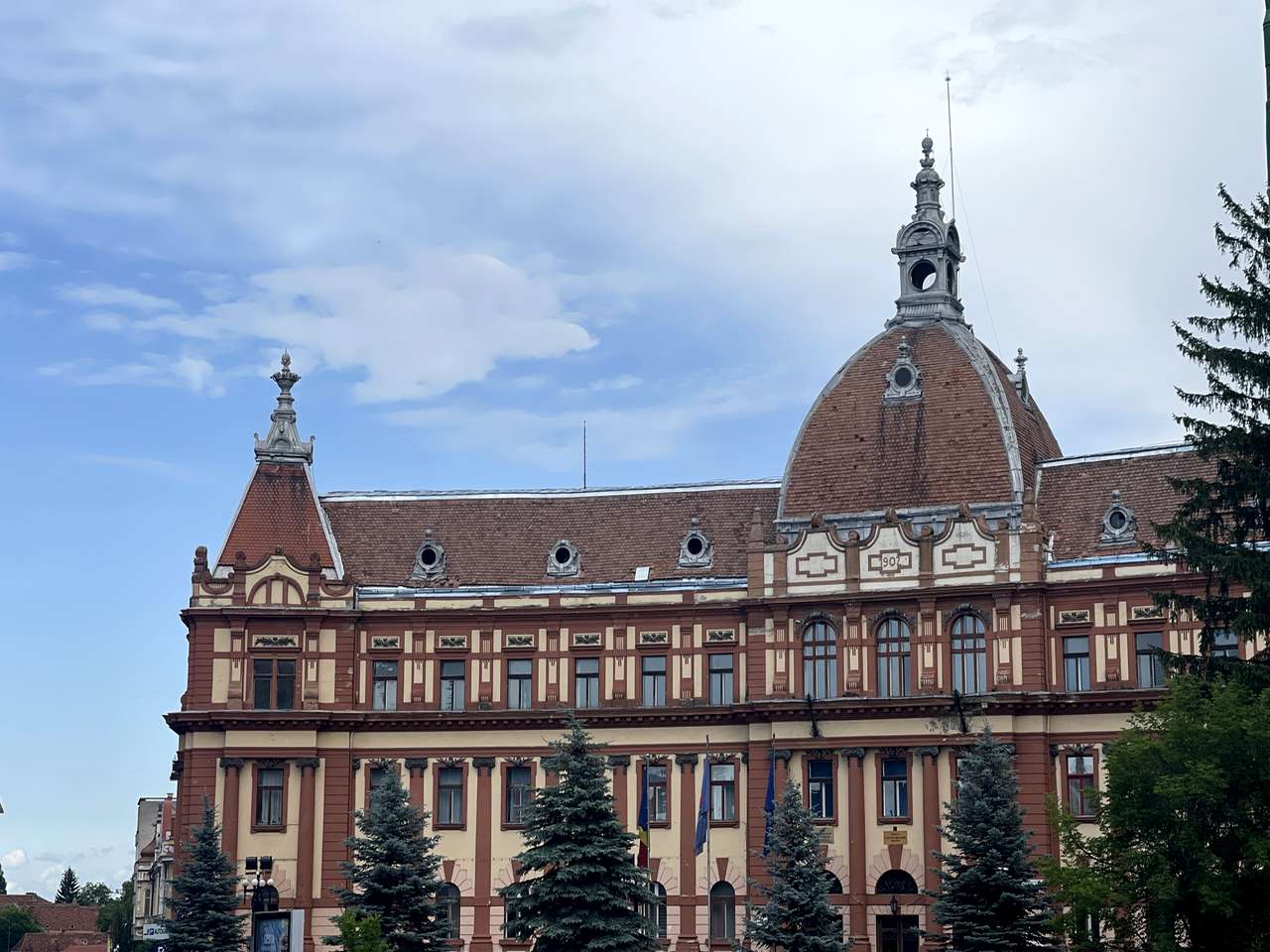
Palace of Justice Brasov former HQ for the communist party
The beautiful eclectic Palace of Justice was built in 1902 and was used as a court. Later it became the HQ of the Communist Party. On 15 November 1987 demonstrators forced their way into the building and threw portraits of the dictator Ceaușescu out of the windows. This was the end of 42 years of communism.
By 1989 the Palace of Justice became the site of the anti-communist revolution in Brasov. In 1993 the Court of Appeal Brasov made the building its home along with the Prefecture of Brasov and the County Council.
Inside has the biggest mechanical organ in the country and the largest collection of Oriental carpets outside Turkey.
Catherine’s Gate
Heading out of the old town and through an archway is the 16th-century Catherine’s Gate and its four turrets. Built as a defence system by the Tailors Guild, this was the fortified throughway into the city. Though it carries its fairytale looks well this is where many miscreants were put to death for their crimes.
Right next door is Shei Gate so glance at it before moving on to the quirky Rope Street.
Rope Street
Close to the Black Church is Rope Street (Strada Sforii) called so as it is long, a little twisty and the narrowest street (allegedly) in Europe at only 1.2 meters (4 feet) wide. It was used as a corridor for firemen and had the reputation of being a bit of a lover’s lane for mainly illicit love. It is a little daunting to walk through it especially as the tall buildings on either side seem to lean into each other. Now, clad in graffiti, it appears on Instagram as a novelty.
Brans Castle
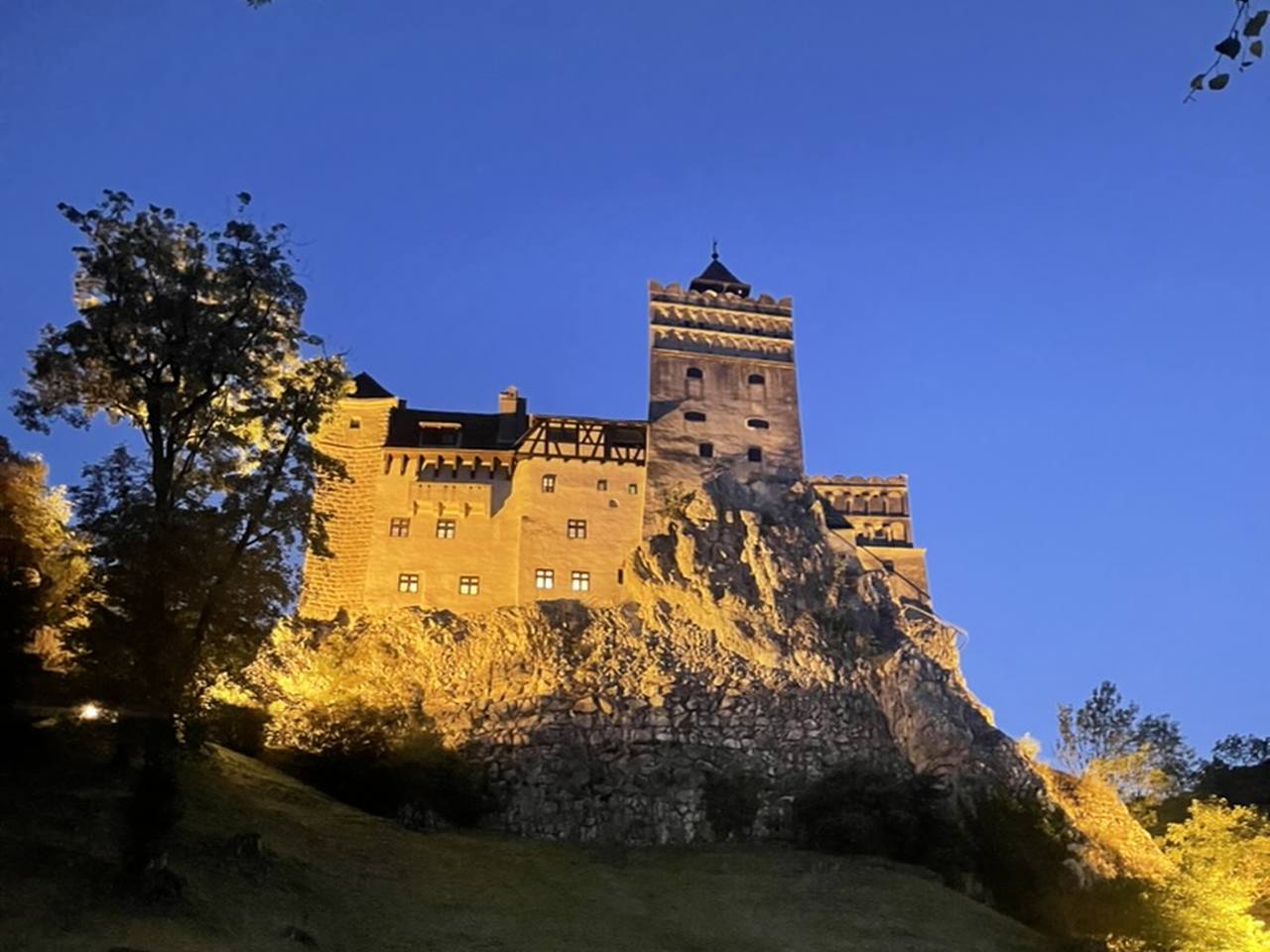
Brans Castle looking spooky at night.
Fact File
Tours: The best way to see Brasov is to join a tour with a certified local guide and find out about the history.
Take a walking tour of Brasov with Viator. Check availability.
Where to Stay
Get there
By Train: There’s a direct service from Bucharest North Railway Station (Gara de Nord) to Brasov. The journey takes around two and a half hours and you get great views of the Carpathian mountains.
By Car: Drive from Bucharest to Brasov via the DN1/E60 highway. Drive time is around two and a half hours.

